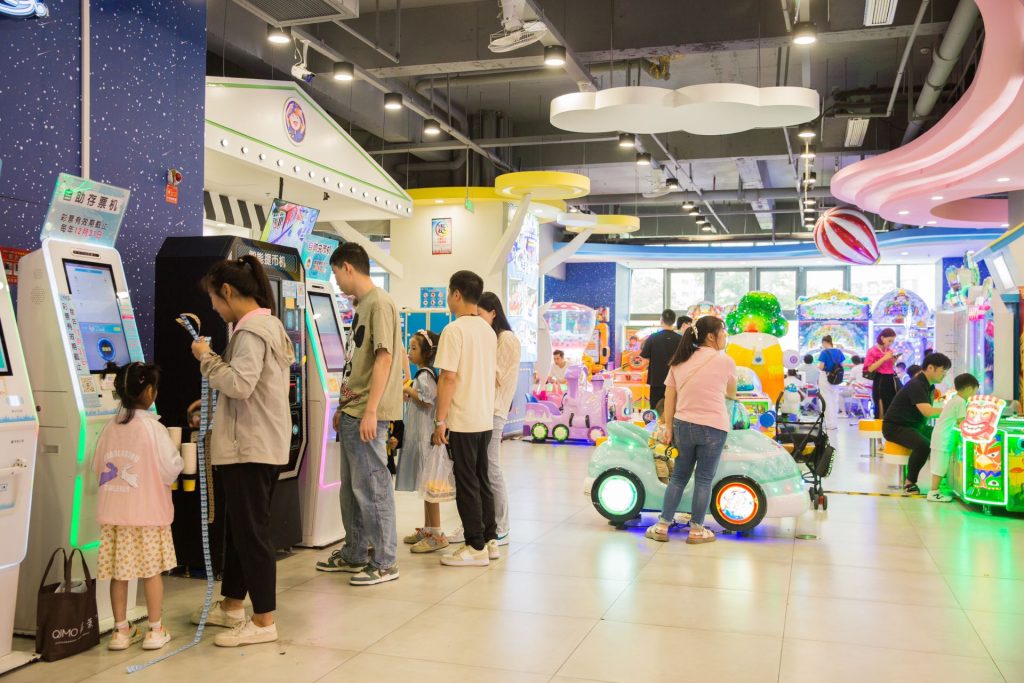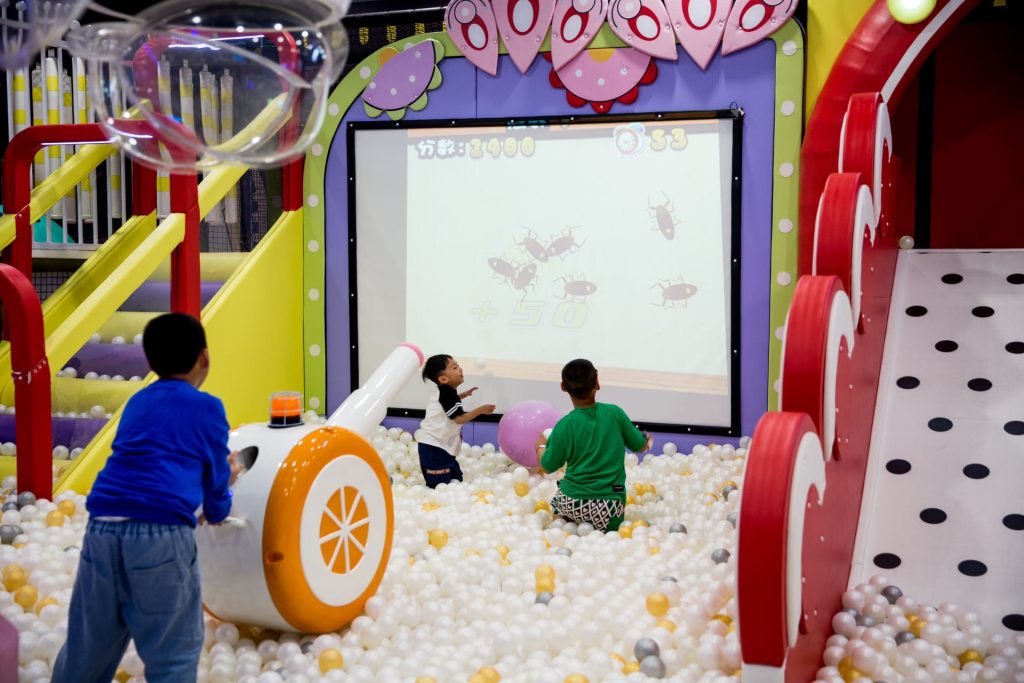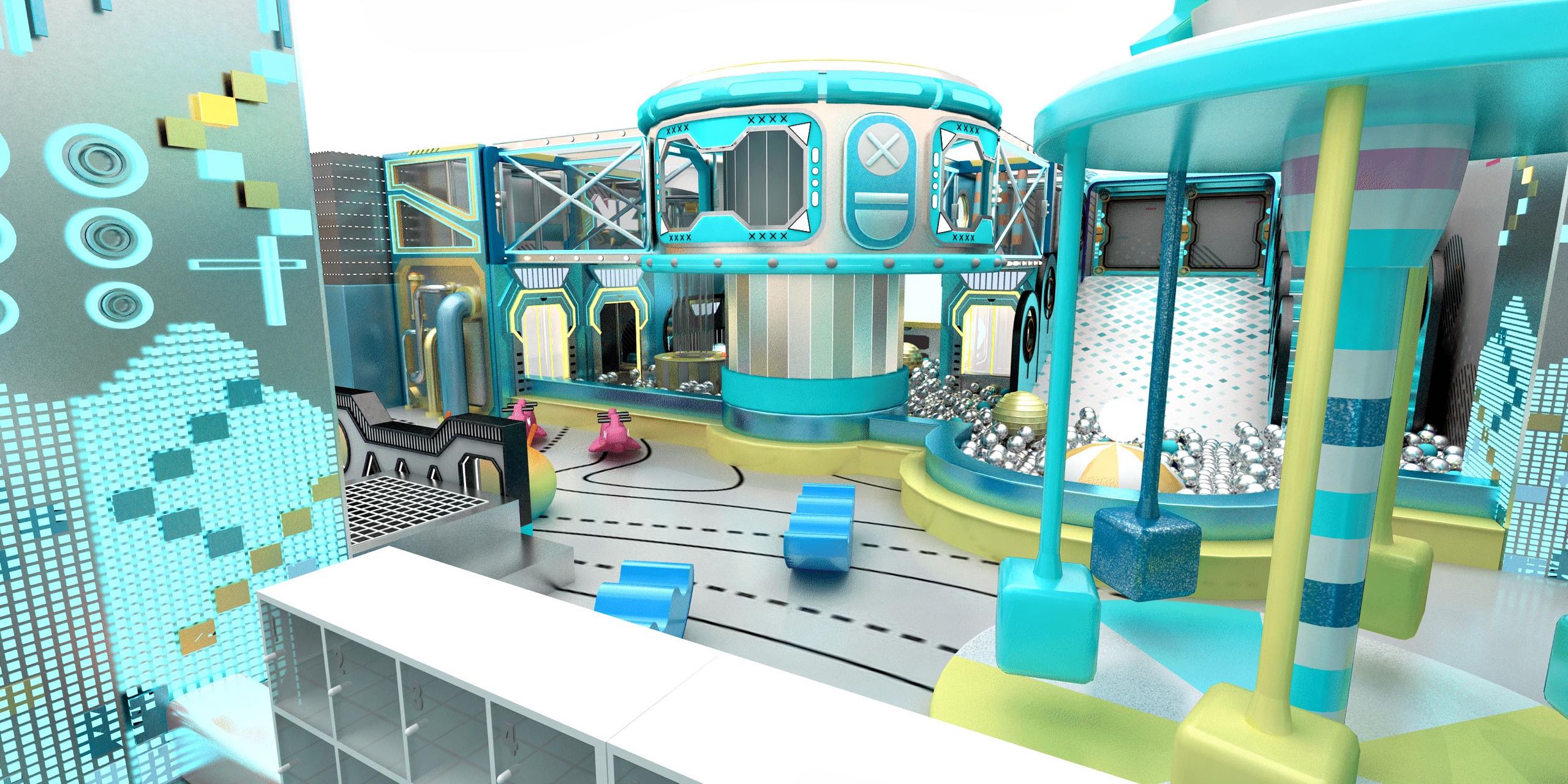Post-Epidemic: Revitalizing Investment in Kids’ Indoor Playgrounds
Following the end of the pandemic, one industry is poised for rapid recovery. Kids’ Indoor playgrounds, as evidenced by the immense popularity witnessed at this year’s amusement equipment exhibition.

Intense Competition: Marketing Strategies in the Kids Indoor Playgrounds Industry
With a surge of investors entering the market, the operation of Kids’ Indoor playgrounds now faces increasingly fierce competition. In response, every park in the industry is striving to launch a range of marketing activities. These include various token packages, top-up gifts, full consumption incentives, increased discounts, and even free play.
While these marketing activities, commonly known as sales promotion (SP) activities, may boost short-term business performance or create competitive advantages, they do not foster long-term brand development. From the consumer perspective, these activities merely provide superficial price incentives. In essence, they are aimed solely at extracting payments from customers and fail to deliver significant added value.

Prioritize Health and Safety Measures
Post-pandemic, health and safety concerns remain paramount for individuals seeking recreational activities. Indoor playgrounds must adopt and communicate stringent safety protocols to reassure customers about their commitment to cleanliness and hygiene. This includes implementing rigorous cleaning routines, increasing the availability of hand sanitizers, enforcing social distancing measures, and ensuring proper ventilation within the facility. By visibly demonstrating their dedication to maintaining a safe environment, indoor playgrounds can regain trust and attract cautious customers.
Enhance Digital Presence
The pandemic has accelerated the adoption of digital technologies across various sectors, and indoor playgrounds can leverage this trend to their advantage. Developing a robust online presence, including an engaging website and active social media profiles, allows playgrounds to reach a wider audience and promote their offerings effectively. They can utilize these platforms to showcase their facilities, highlight safety measures, share customer testimonials, and announce special events or promotions. Additionally, implementing an online booking system can streamline the customer experience, enabling visitors to secure their play sessions in advance.
Offer Flexible Membership and Pricing Options
In the post-pandemic era, people’s financial circumstances may have changed, and they are likely to be more selective about their discretionary spending. Indoor playgrounds can adapt to these new realities by introducing flexible membership and pricing options. This may include discounted rates for off-peak hours or days, monthly or annual passes, family packages, or loyalty programs. By providing customers with cost-effective choices, indoor playgrounds can encourage repeat visits and attract a broader customer base.

Incorporate Educational and Enrichment Activities
Furthermore, indoor playgrounds can expand their offerings by incorporating educational and enrichment programs. This strategic approach not only attracts families seeking a holistic experience for their children but also provides a valuable opportunity for indoor playgrounds to differentiate themselves in the market. Additionally, by partnering with qualified instructors or educators, playgrounds can offer a diverse range of classes or workshops. These classes can focus on various subjects such as art, science, music, or sports. Consequently, these additional activities not only enhance the value proposition for customers but also create an exciting and engaging environment where children can learn and develop new skills while having fun.
Collaborate with Local Businesses and Community Organizations
To expand their market reach, indoor playgrounds can forge partnerships with local businesses and community organizations. Collaborations could involve joint promotions, hosting themed events, or supporting charitable initiatives. By leveraging the existing customer base of these partners, playgrounds can attract new visitors who may not have been aware of their offerings.
Conclusion
While the pandemic posed substantial challenges for indoor playgrounds, post-epidemic times present an opportunity for growth and development. Indoor playgrounds prioritize health and safety, enhance digital presence, offer flexible memberships, incorporate education, and collaborate with local businesses. They adapt to changing needs, and prioritize fun, learning, and safety to reestablish themselves as essential recreational spaces. With strategic approaches, playgrounds confidently navigate the post-epidemic market, bringing joy and entertainment to families.









